Content Everywhere: how to improve subscriber engagement and reduce churn
While streaming services and media businesses are experimenting with new business models and subscription tiers including AVOD, FAST and SVOD, market competition and cost-of-living challenges means consumers are looking to trim costs and cut the number of services to which they are prepared to subscribe.



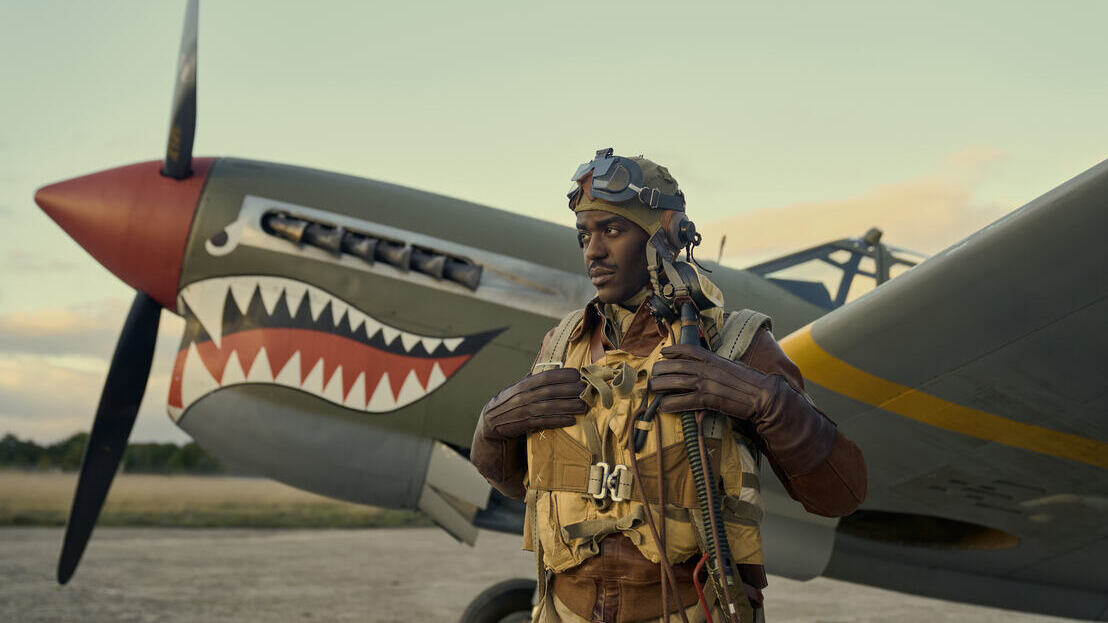
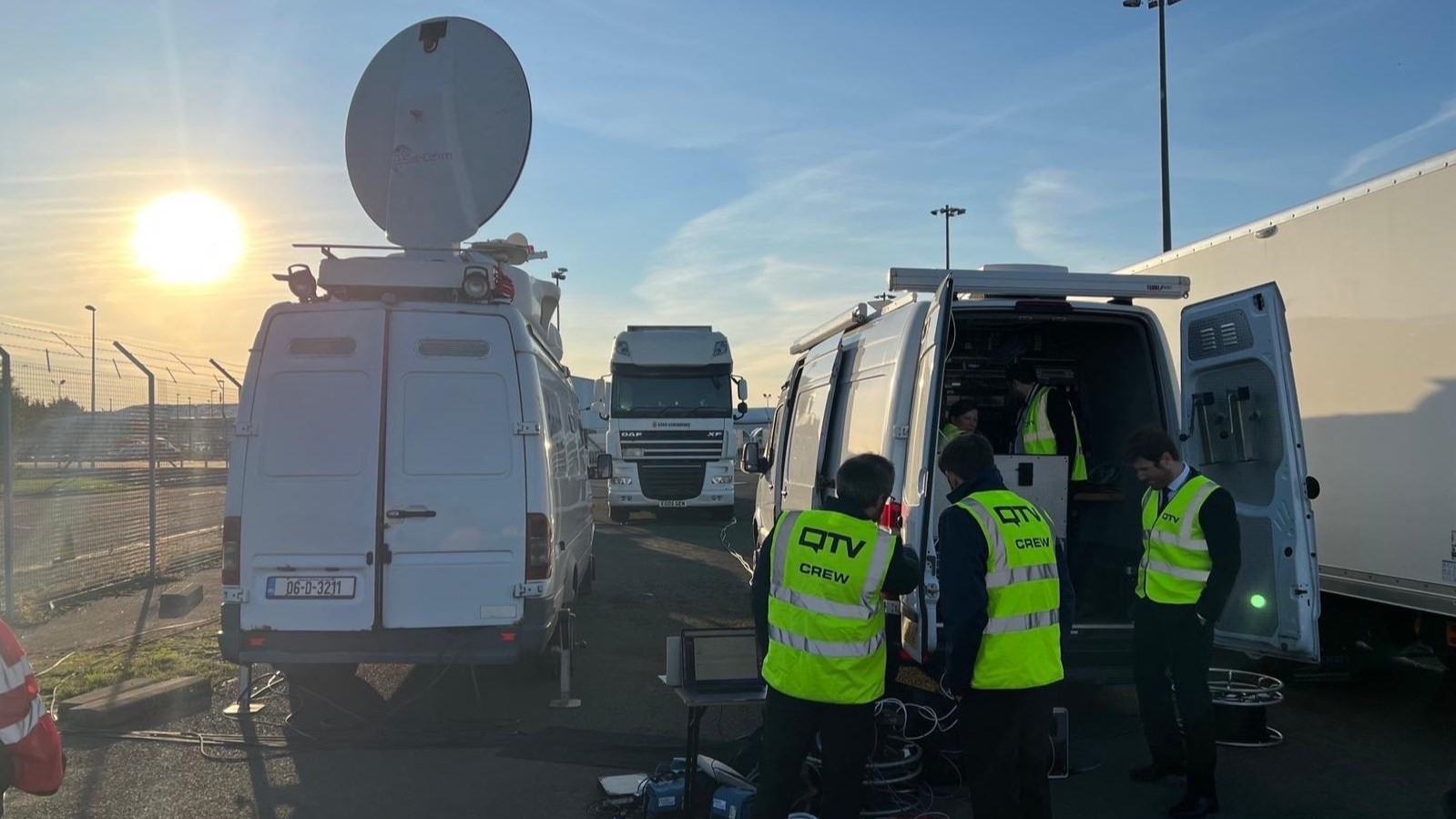
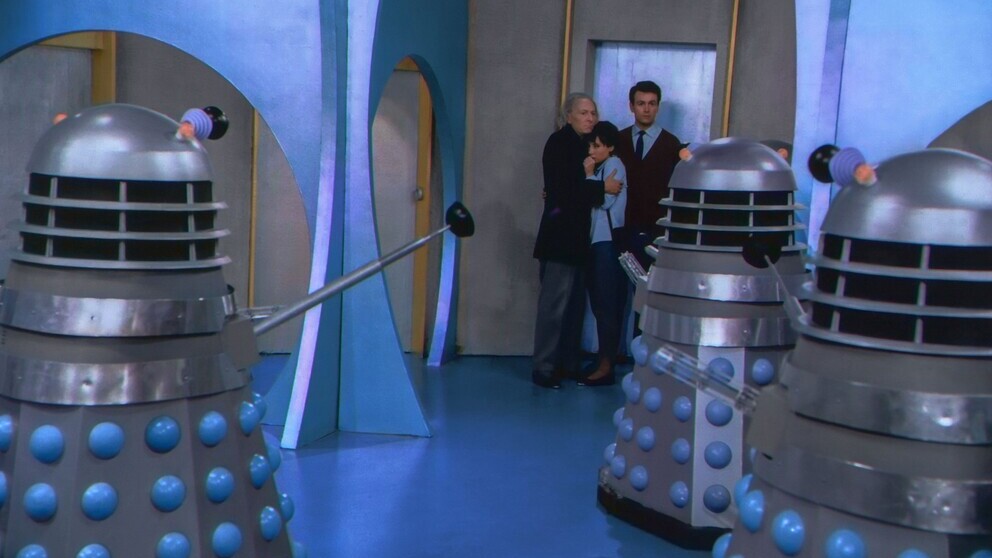

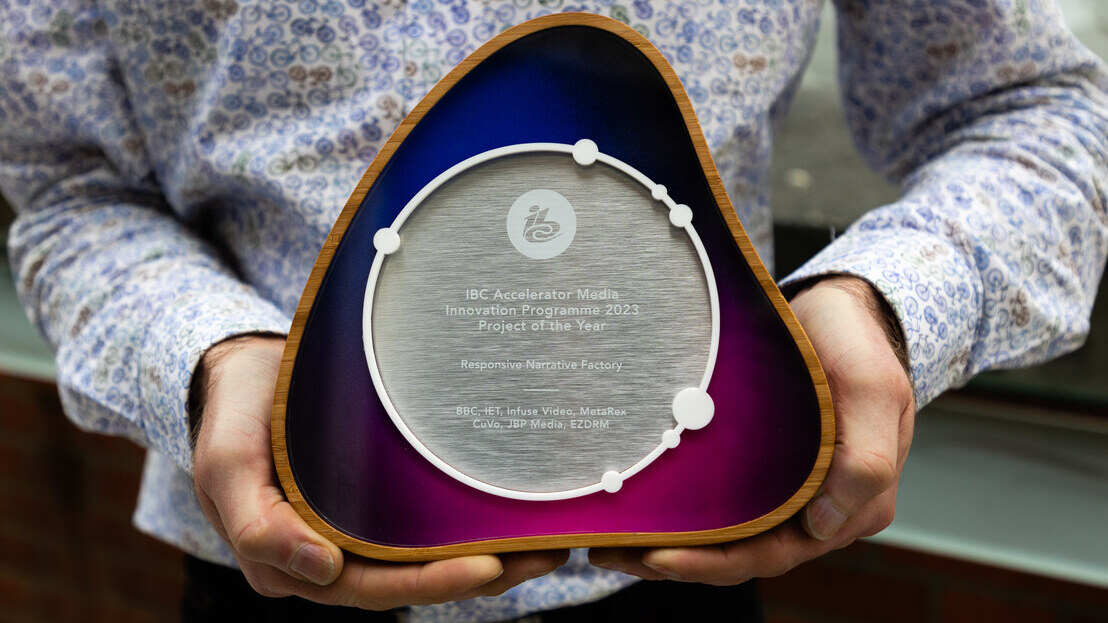

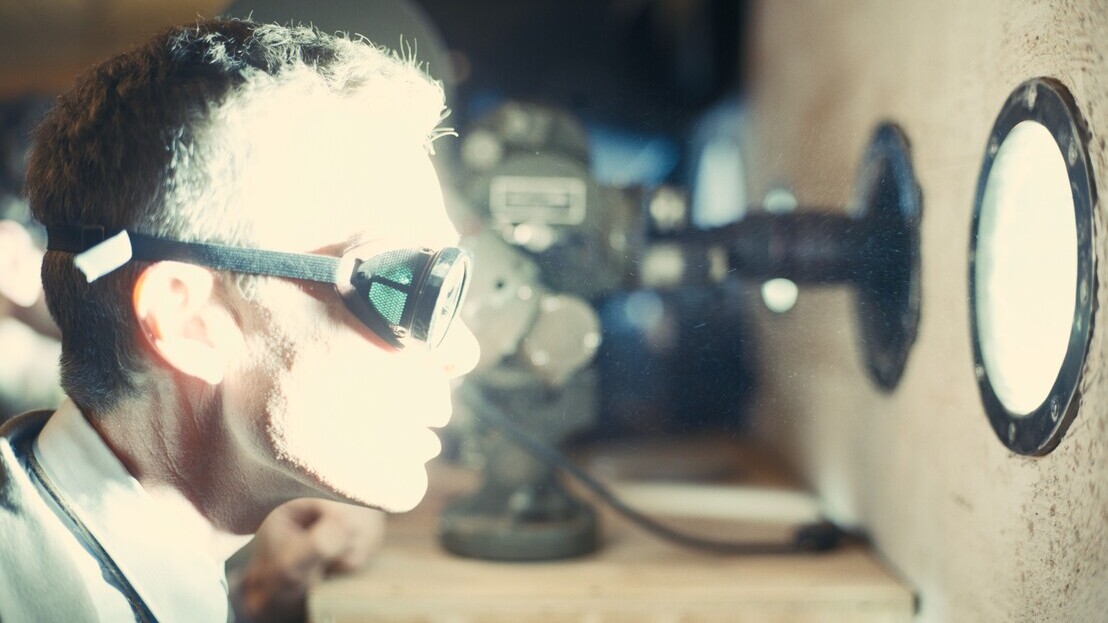
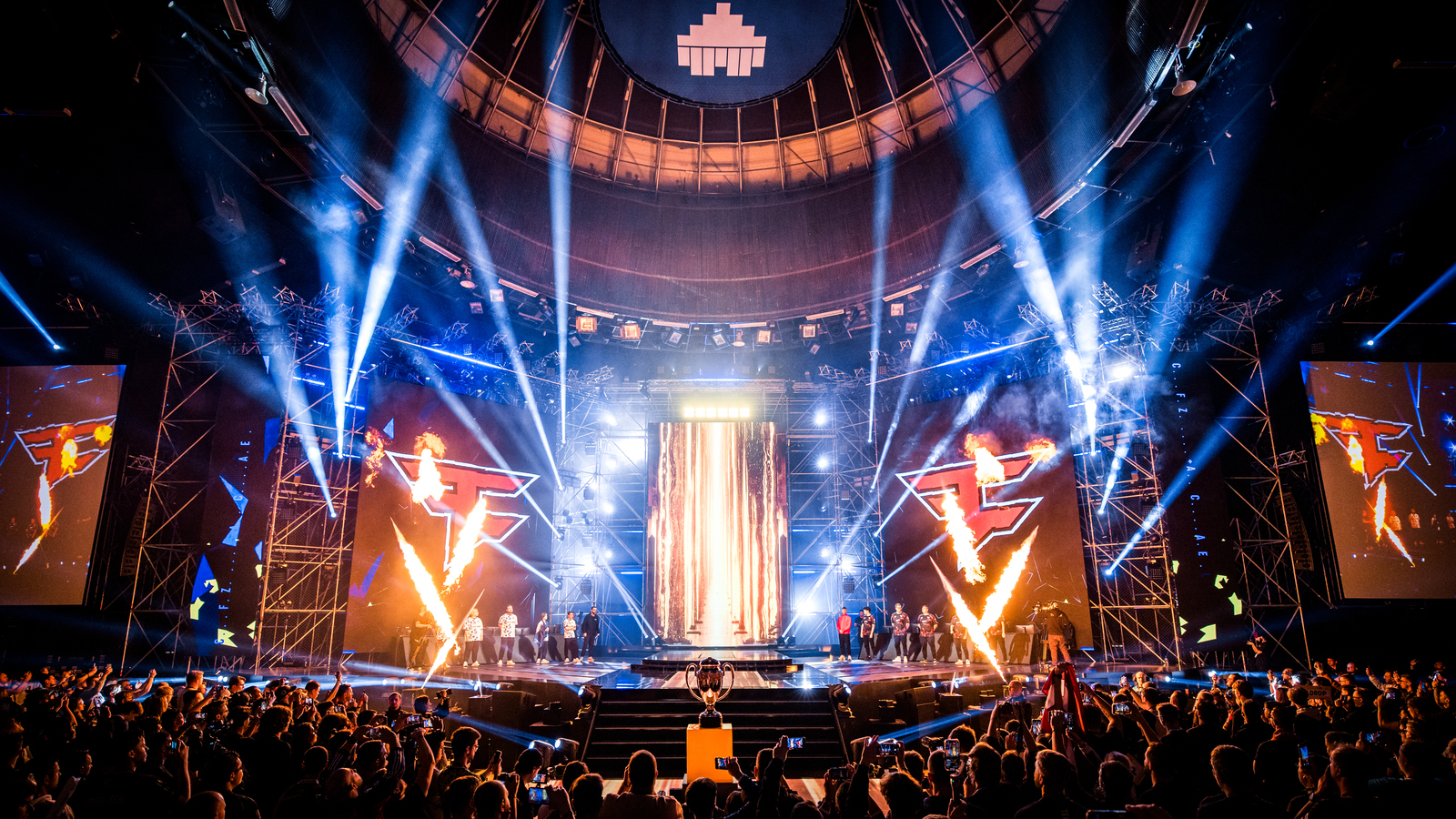
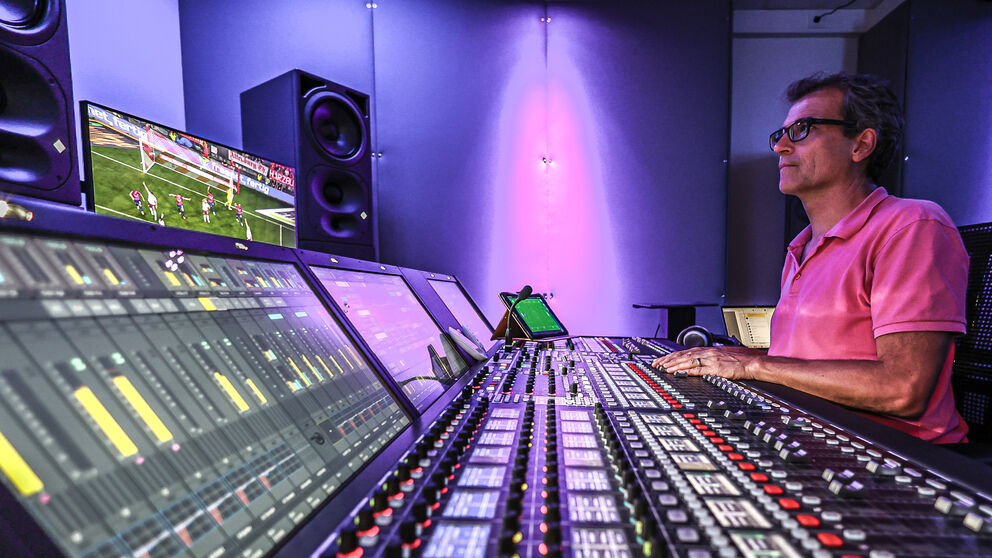


.jpg)